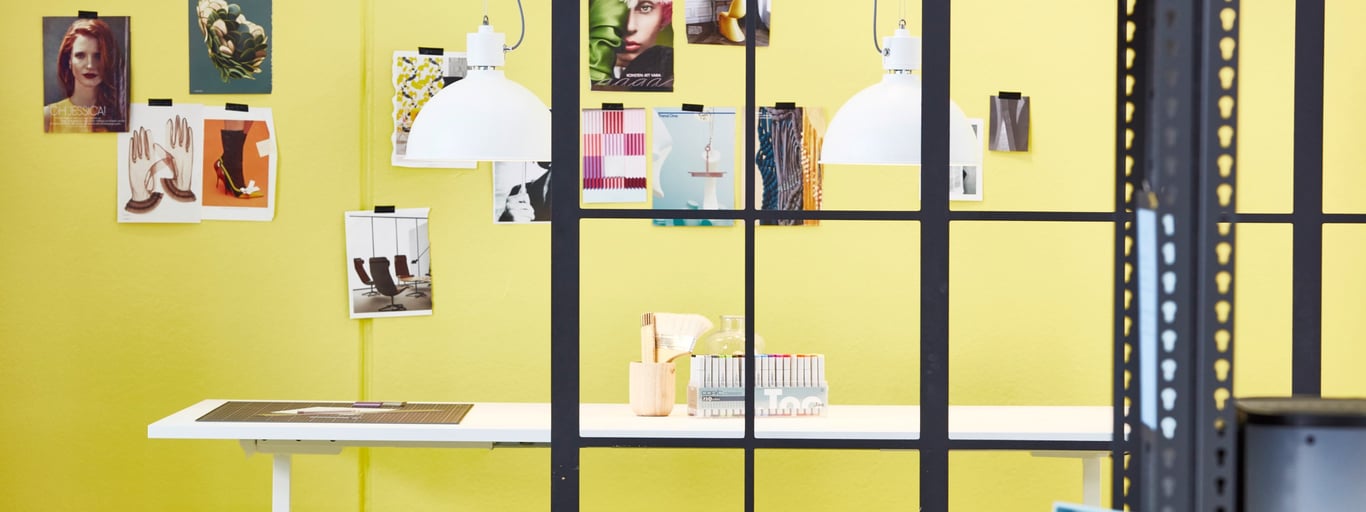
What is a mood board?
So, what is a moodboard and how do you make one? Let's go through the process!
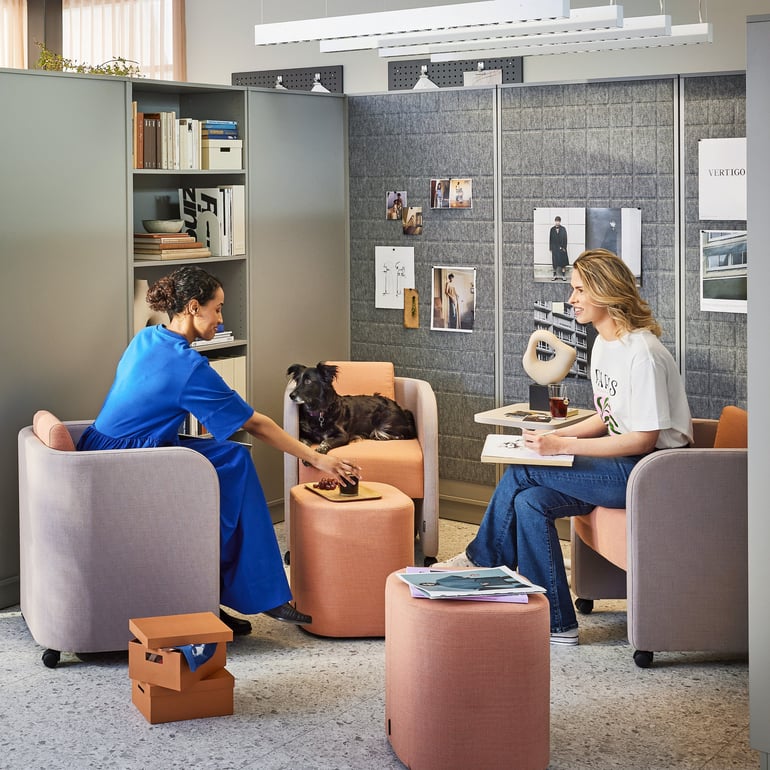
A moodboard can be useful in many ways. It can help you pitch an idea or explain to your colleagues how to proceed with a concept. But it can also be great for gathering inspiration for interior design. - maybe a renovation or decorations for a party? Here are our tips on how to get started!
Copy and Paste -Putting Images Together Digitally or by Hand
You can create digital moodboards in several different programs, such as Photoshop or PowerPoint, and there are also apps and digital tools specifically designed to create moodboards.
If you prefer to work traditionally, you can use a piece of cardboard or a classic bulletin board and just pin things up or a whiteboard or glass writing board where you can draw, write, and attach things with magnets! Using pins with a physical moodboard can be best as you can move your materials easily.
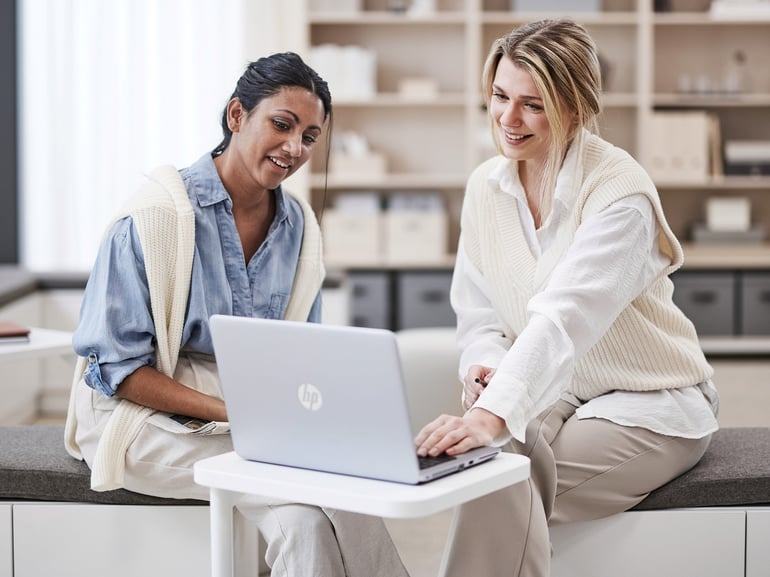
Here's how to create a moodboard - in eight steps
- Define purpose and goals: Start by determining what you want to achieve with your moodboard. Is it for planning the interior of a room, developing a graphic profile, or just to further develop a concept? The clearer your intention, the easier it is to gather relevant material.
- Collect inspiration: Images, colour charts, materials, and other visual elements that you want to include. You can use everything from magazine clippings, photographs, and digital images to colour samples, fabric swatches, and sketches. Be sure to collect material that represents the style and feeling you want to convey.
- Organise and categorise: Sort your collected material into groups or categories, like colours, textures, patterns, photographs, and so on. This helps you get an overview of the different elements and see how they can work together.
- Choose a layout: Decide how you want to organise your moodboard visually. You can use a physical bulletin board or whiteboard or even digital tools and apps. Choose a layout, colours, and fonts that work best for your collected material and its style.
- Create the layout: Start placing your materials on the moodboard according to the chosen layout. Be sure to create a balance between colours, textures, patterns, and text. You may want to group similar objects together or create contrast by placing different elements next to each other. Experiment and see what works best!
- Adjust and edit: Once you have placed all your elements on the moodboard, take the time to adjust and edit them to create the best visual balance and harmony for a clear overall look. You may need to move some items around, add or remove certain objects to achieve the right feeling and expression.
- Evaluate and reflect: Finally, evaluate your moodboard and reflect on whether it meets your goal and purpose. If needed, make further adjustments to ensure that your moodboard is clear and easy to understand.
- Use the moodboard: Use your finished moodboard as a reference and inspiration during your project, for reporting, or presentation. It can help you and your colleagues or clients make decisions on design, materials, and colour choices and communicate your vision.
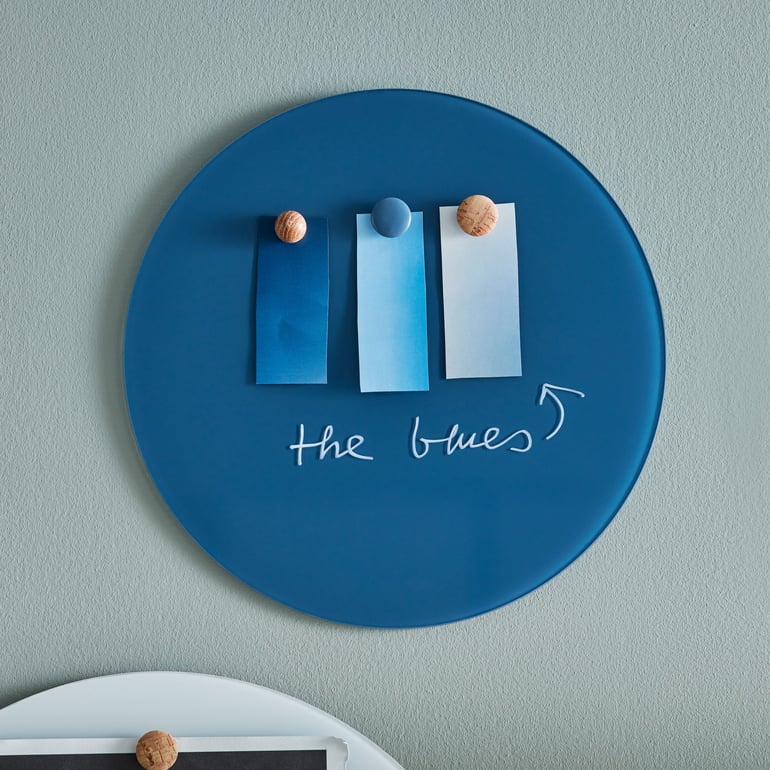
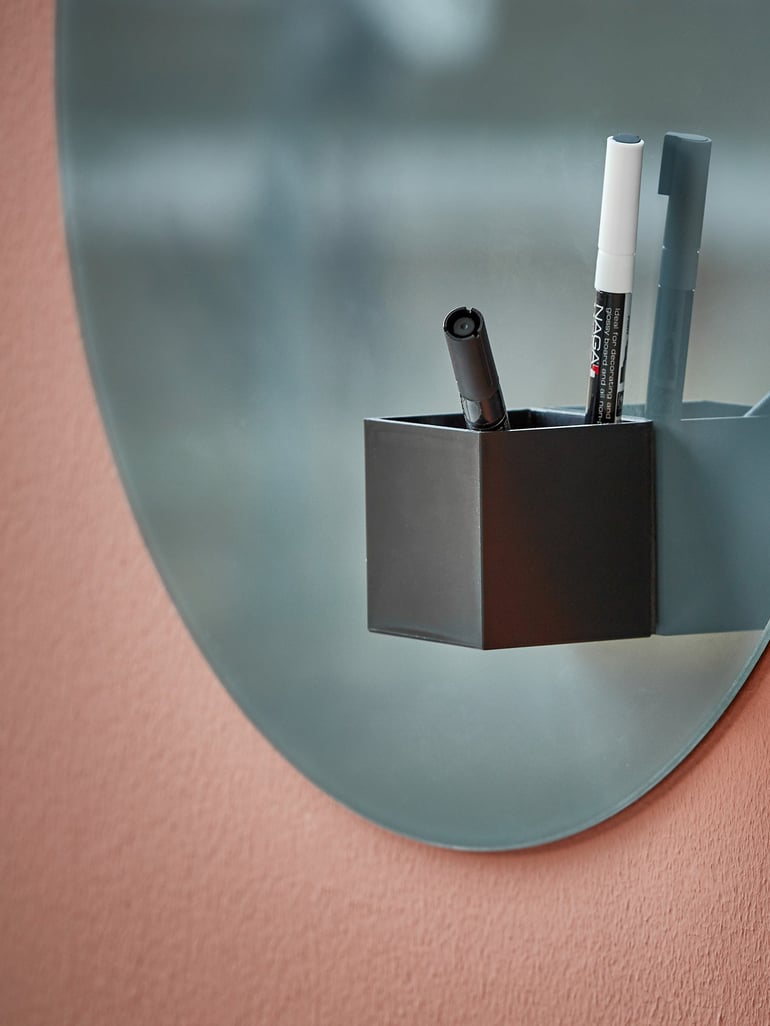
Summary
Creating a moodboard can be a powerful tool for visualising and communicating projects and ideas. To make a moodboard, start by defining your purpose and goals, gather inspiration, organise and categorise your material, and choose a layout to work with. Adjust and edit to create a visual balance and then use your moodboard as a reference and inspiration. Whether you choose to create a digital or physical moodboard, this creative tool can help you succeed in your project and effectively communicate your vision!
Ask us about our range!
If you need more information about our products, you're always welcome to contact us. We are happy to help!
FAQ
Get the latest product launches and offers sent direct to your inbox
Do you want to receive exclusive offers, information about new products and inspiration on how you can improve your workplace? Sign up for our free newsletter and be the first to receive our best offers.*By clicking subscribe, I confirm that I have read the privacy policy.



